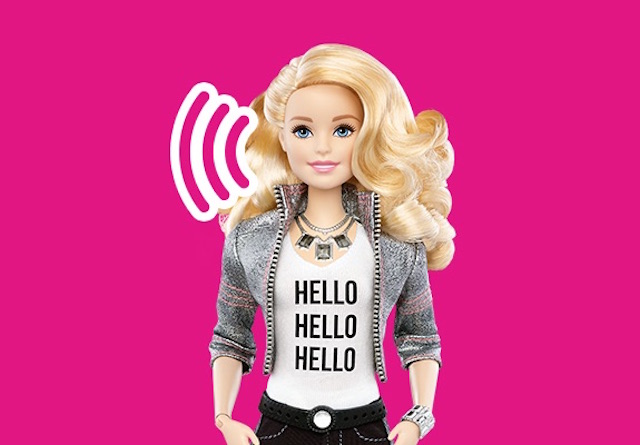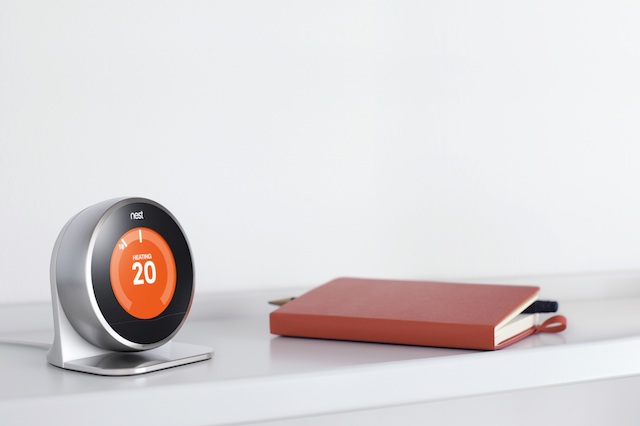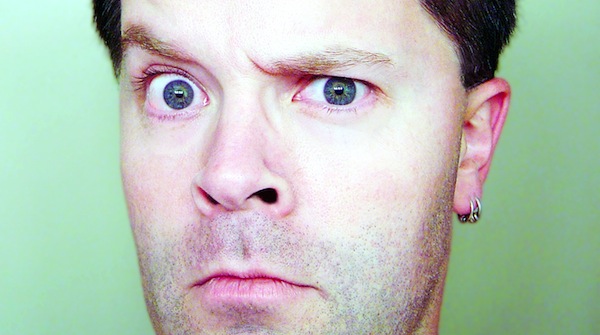Ensuring the next generation of IoT devices is secure and a good citizen of the wider ecosystem will be one of the challenges facing the next generations of designers.
Diego Tamburini, Manufacturing Industry Strategist of design software company Autodesk, spoke to Decoding The New Economy about how the IoT will change the design industry. “We’ve been designing equipment to connect to the internet for a generation,” he said. “What’s changing is that now the addition of software, electronics, networking and communication is breeding into objects that were purely mechanical.”
Melding the physical and software worlds doesn’t come without risks however, something that worries Internet pioneer Vint Cerf who foresees headlines like ‘100,000 fridges hack the Bank of America’ in an interview with Matthew Braga of Motherboard Canada.
Apart from the fact it could be a hundred million, Cerf has good reason to be worried. Most consumer IoT devices are hopelessly insecure and the recent stories of hacked cars only emphasises the weaknesses with connected household items.
Cerf and Braga make the point the ‘I Love You’ worm of the year 2000 became a crisis because the world had reached the point where personal computers were ubiquitous. A similar piece of malware in a world where everything from kettles to wristwatches are vulnerable would be exponentially worse.
These risks put a great onus on product designers, even more so given much of the functionality is based upon those devices communicating with others across the internet and cloud services, something that Tamburini emphasised.
“One important thing that is happening with thing being connected is we are not just designing things that function in a vacuum, we’re increasingly designing members of a larger ecosystem.” Tamburini states, “now we have to think of how the product will have to connect to other products and how they will collectively perform a function.”
Part of that risk is that should those devices malfunction, either deliberately as part of a botnet or malware attack, or accidentally as we saw with the connected home being disabled due to a defective smart lightbulb flooding the network with error messages, then the wider community may be affected in ways we may not expect.
Cerf believes it’s going to take a big, catastrophic hack on a grand, connected scale before a shift in security begins to happen, and before people begin to even consider that such a vulnerabilities even exist.
If that’s the case, it will be that society has ignored the clear warning signs we’ve seen from events like the Jeep hack and the Stuxnet worm, not to mention the massive privacy breaches at Target and Sony. For designers of these systems hardening them is going to be an essential part of making them fit for today and the future.
Similar posts:




